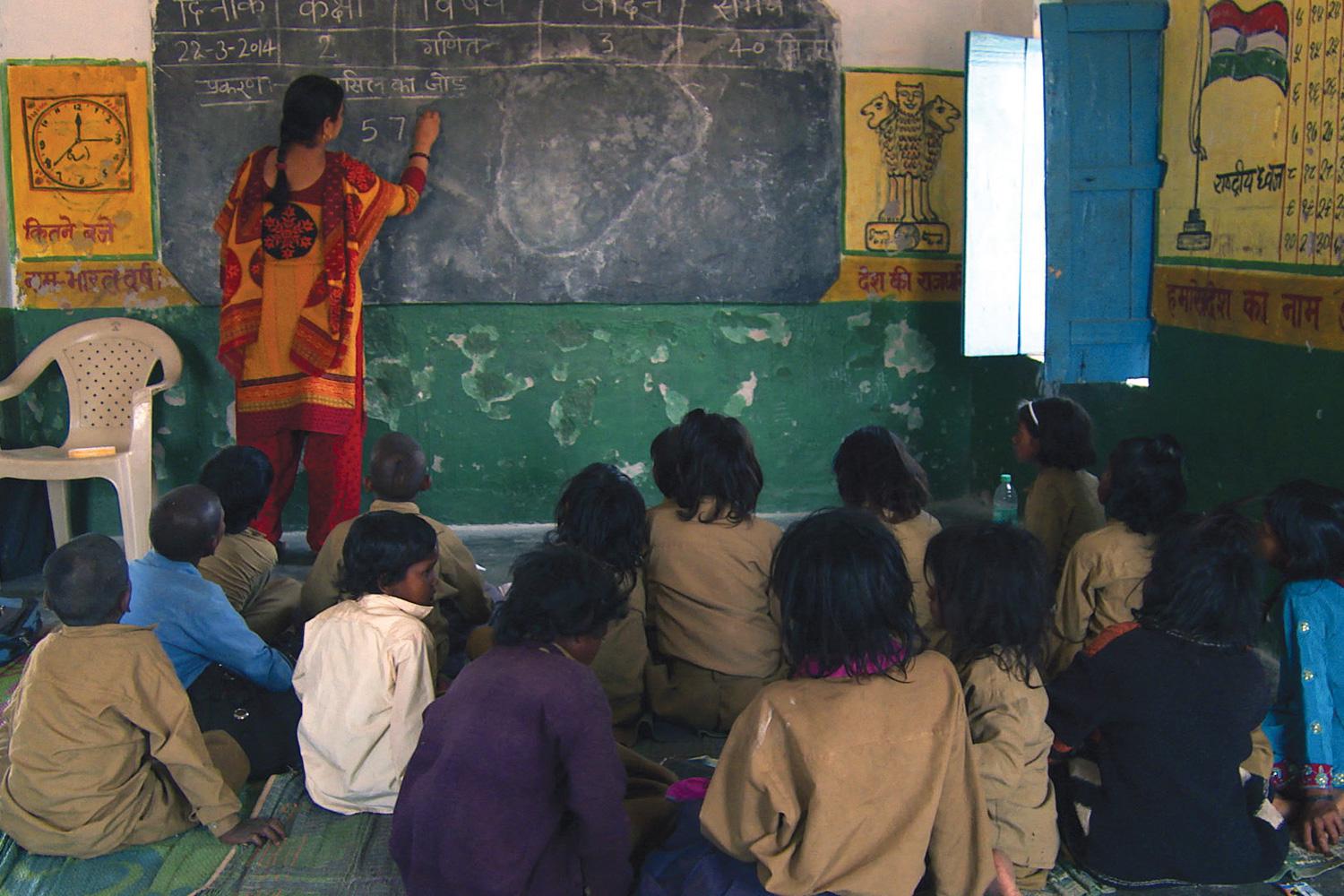
The recent rather politically planted controversy that involves banning the hijab in educational institutions in Karnataka seeks to give priority to uniformity in school or college dress over the very modernist thrust of educational institutions. It is needless to re-emphasise that the modernist thrust would put a premium on academic excellence that promises both individual progress as well as the enrichment of a society. Educational excellence depends on cognitive learning that should form a substantive code rather than an external or formal dress code. Therefore, clearly, it is the innovative and exciting content of the education curriculum that needs to be seen as a substantive concern which may produce meritorious students. This only means that the dress code may not always have a bearing on the motivation for education as well as excellence in it.
An educational institution is a place where one acquires a sense of oneself not as a religious person but as a person who is interested in pursuing the life of the mind. In a more pragmatic sense, within the education set-up, a person clad in any dress feels encouraged to compete for individual merit that ultimately contributes to institutional excellence. The individual’s academic distinction thus becomes coextensive with the distinction of an educational institution. However, such a competitive academic culture aimed at creating institutions of academic excellence gets replaced by communal conflict, which arguably is politically created by targeting the attire of a minority person.
Mob opposition to the attire of an individual has been considered by the government, and even the legal personality, as the cause for social disorder, which—according to the votaries of the uniform dress code—can be rectified by suspending, at least temporarily, the individual’s right to attend classes with their choice of garments. Social disorder thus becomes an ostensible reason to maintain dominance through producing religious, caste, and gender-based segregation and separation in the institutional framework. Making the students with a hijab sit in a separate classroom may help the management to avoid manifest forms of conflict, but this solution comes at the cost of sacrificing a much larger goal of equality. Claims of equally participating in intellectual activity can only be established on the condition where the educational management exercises their sense of fairness in accommodating students with diverse social backgrounds. Simply put, cognitive equality, in the present case, is not given. It has to be consciously created by allowing the participation of students of diverse cultural, social, and religious backgrounds. The tension between uniformity and equality has been perceptively brought in the editorial comment in the current EPW issue.
In the competitive mode, educational institutions not only form the cognitive space to hold onto a place for oneself but also for others. Educational institutions by themselves do not promote divisive social forms of othering based on caste, religion, gender, and ethnicity. Creating controversy around someone’s attire, indeed, becomes indefensible on the grounds that it harps on a misplaced emphasis. It appears to be misplaced in the particular context of making India more enlightened—in itself and for itself.
The question that one needs to raise is about “Make in India”—a slogan of the current government and its extension in Karnataka—and how it signifies the current order. The government in Karnataka seeks to define “Make in India” or India becoming a vishwa guru (teacher of the world) in terms of not only the content of education but also its outer form. This obviously means that focusing on excellence-driven content does not seem to be the priority of the government.
The primary responsibility of the management and the government lies in making a cognitive field so inclusive that it is inhabited by students coming from different social backgrounds in terms of caste, religion, ethnicity, and gender. Social conditions shaped by constitutional injunction need to be created to enable both male and female students from the marginalised communities to hold onto the cognitive space provided by educational institutions. Using the constitutional framework is fundamentally important in asserting one’s legitimate identity as a citizen who can stand in the multicultural milieu without a sense of discrimination. The opposition to the hijab, therefore, has to be free from constraining intentions and instead should divert its focus on the conditions that undermine achieving quality and inclusive education. Hence, to use the uniform dress code as the medium to establish religious domination rather than academic or intellectual distinction would not serve the larger goal of an egalitarian India.
[“source=epw”]




